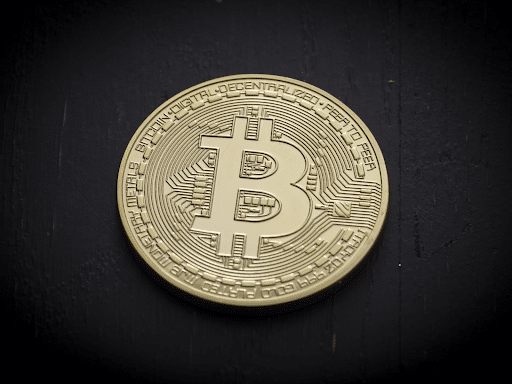SPONSORED POST*
Throughout history we’ve seen how money was a commodity, then a paper representation, then a digital representation. And today, we can talk about a new technological revolution in money – a new form of physical representation, with blockchain technologies. That is where we are moving toward.
While the early potential of blockchain was seen as a new asset class – via tokenized currencies like Bitcoin – the underlying implications are far more potent than just a new form of money. The shared qualities of the blockchain – a distributed, date-stamped, secure and transparent digital ledger – could render massive change to many business and societal systems, particularly at the core of how we trust each other. We’ll get to that in a minute, but first, let’s look at how blockchain is reshaping our personal – and business – lives, beginning with online gaming.
Ever since the first virtual gambling tables and roulette wheels went online, many gamers have chosen to make the switch from traditional casinos to ones that are a little more up-to-date. In the newest iterations of line casinos, one of the most interesting developments is the Blockchain-enabled in-game economies. As a reward for making a successful bet, completing a level, or reaching the end of a story, players can get access to unique items, skins, and collectables.
Blockchain technology allows players to have ownership over the items they acquire in their favorite games – everything is stored on a blockchain ledger that provides each plate with indisputable ownership. The online casino genre is a good example of how this works in action, someone playing blackjack crypto games online can make a bet with a cryptocurrency like Bitcoin or Ethereum and collect their prize in the same currency, or in the form of an NFT. Everything is much quicker, seamless, and more profitable than it’s ever been before for players.
It’s not just the in-game assets that are providing benefits for players, it’s also the lack of transaction fees, the processing speeds, and the trust that cryptocurrencies have generated.
Blockchain is a platform technology for a new world of Decentralised Finance (DeFi), meaning new technologies of finance that are free from traditional banks and other intermediaries. Think of a world in which you could borrow money easily, or lend money to someone you’ve never met, without having to go through a bank. Or – better – think of a world in which you could buy and sell directly without paying obscure financial companies.
DeFi applications can also contractually match borrowers and lenders with no intermediaries setting their fees. So, borrowers might actually secure loans with lower rates, and lenders could also receive higher returns on their funds. DeFi also holds the potential for allowing almost instant and extremely cheap international payments, a space currently dominated by money transfer firms. So, with blockchain, the transactions are potentially very fast, secure and, because they are digital currencies, borderless.
The second area where DeFi is creating new opportunities is investment banking, which has been lucrative in the concentrated system. Let’s say you wanted to invest in real estate, a venture capital fund focusing on biotech, or an art fund comprising a collection of famous works. In the old world, you’d need to be a very high-profile or high-net-worth individual to get access to this type of investment. With DeFi, blockchain-based platforms could enable fractional ownership – you could buy a small chip in a real estate fund, say, and produce the same return on your dollars as a large investor.
DeFi brings decentralization to finance, yet some central banks are moving toward Central Bank Digital Currencies (CBDCs). These are digital currencies issued and controlled by central banks. As cutting-edge versions of flat currencies, CBDCs are the opposite of decentralized. At the same time, by directly linking into central bank reserves and bank accounts, CBDCs could benefit from blockchain technology’s advantages: security, efficiency and perhaps even innovation.
CBDCs have the promise of faster and more secure payments than legacy systems; for example, the ledger in which the transaction is stored would be kept on a decentralized, tamper-proof blockchain. They might help promote financial inclusion by reaching otherwise unbanked populations, with digital currencies accessible through mobile wallets providing a safe and convenient way for everyone to take part in the financial system.
And, significantly, CBDCs could be programmable. Their infrastructure could allow central banks to use targeted monetary policies. Instead of paying interest on all the reserves in existence, as is currently the case with CBDCs, a CBDC could be programmed to expire after a certain period, for example. This would incentivise the person with the CBDC to spend it sooner rather than later, boosting spending, activity and inflation. Such programmability would provide avenues to novel ways for the central bank managing the quantity of money in circulation, and directing its impact.
*This article was paid for. Cryptonomist did not write the article or test the platform.
